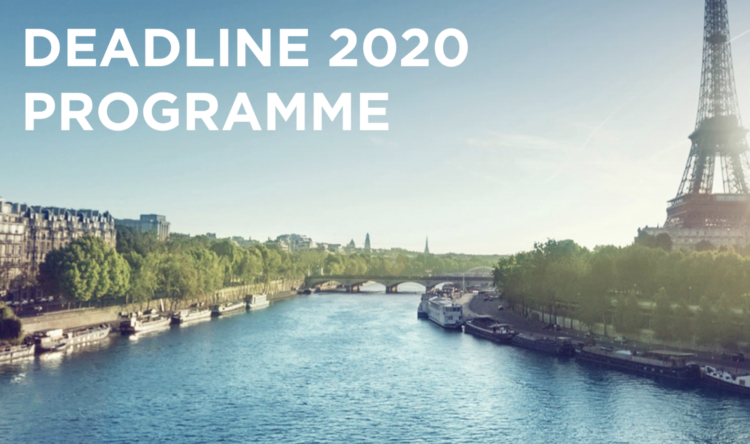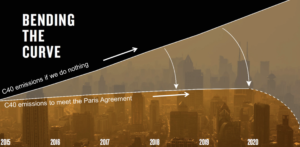
Deadline 2020 !
Deadline 2020
In response to the Paris Agreement, C40 Cities launched Deadline 2020 – How cities will get the job done, which outlines the level of ambition and action needed by C40 cities to play their part in converting the Paris Agreement from aspiration into reality.
the ALL programme HERE
The Paris Agreement commits signatories to “holding the increase in the global average temperature to well below 2 degrees [Celsius] above pre-industrial levels, and to pursue efforts to limit the temperature increase to 1.5 degrees [Celsius] above pre-industrial levels.”
Deadline 2020 identifies C40 cities’ share of the remaining global carbon budgets to 2100, for 1.5 ̊C and 2 ̊C scenarios. To remain within a 1.5 ̊C rise, average per capita emissions across C40 cities need to drop from over 5 tCO2e per capita today to around 2.9 tCO2e per capita by 2030. For wealthier, high emitting cities that means an immediate and steep decline in current emission levels. Many rapidly developing cities can maintain their current levels for up to a decade, and in a small number of cases there is some scope for emissions per person to rise slightly before they fall to zero. In all cases, cities must diverge considerably from their current business-as-usual emissions trajectories.
What do you think?